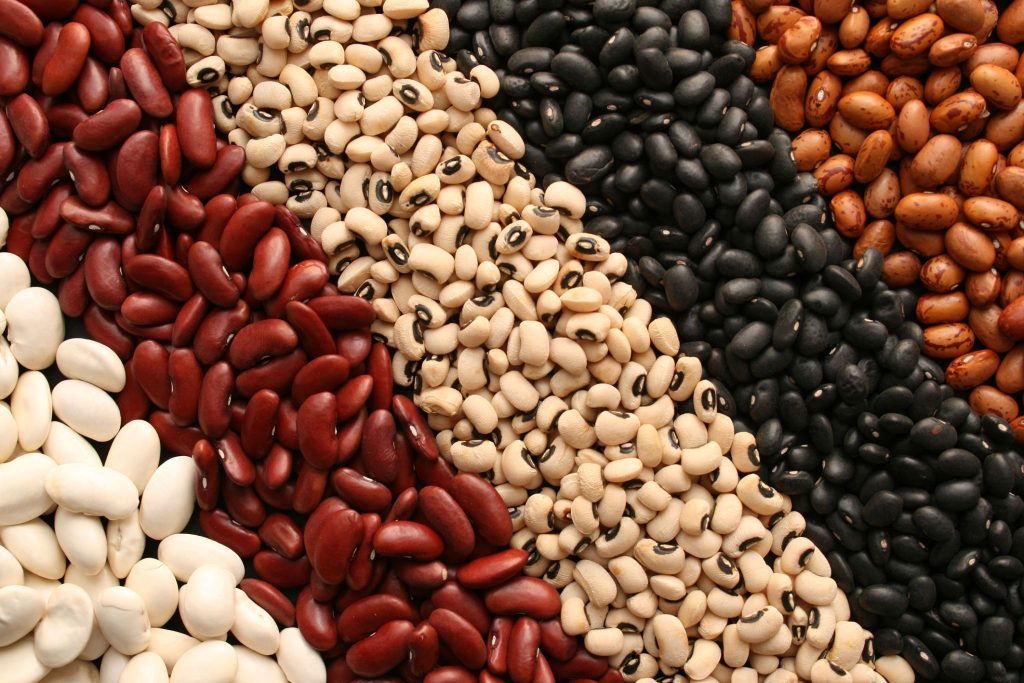You may be wondering about the iron content in beans.
Perhaps you are suffering from iron deficiency anemia and would like to look for a plant-based source of iron.
If so, then beans are a good source of iron. However, not all beans are created equal. There are some beans with a higher amount of iron while others have less.
This is why we are here to share with you how much iron beans have, what the best beans to eat for iron, and how much beans you should consume to get a good supply of iron in your body.
Here is everything you need to know about iron content in beans and how much of it you should eat to boost your body’s iron supply.
Iron In Beans
Many people – both children and adults – are suffering from iron deficiency anemia. It is common when the body is not receiving much iron, hence, it is unable to produce red blood cells. As a result, this leads to other symptoms including dizziness, headaches, and fatigue.
Fortunately, iron is something that you can get from food. If you are following a plant-based diet, you can easily get it from certain foods such as beans. It is all about improving your intake of this mineral from the food you eat.
For instance, females between 11 and 50 years of age need up to 14.8 milligrams of iron per day. For women over 50 years of age, the recommended amount of daily iron intake is 8.7 milligrams.
As for males, those who are 11 to 18 years old need 11.3 milligrams of iron while men between 19 and over 50 years of age require 8.7 milligrams of this mineral.
Pregnant women, on the other hand, need more iron to improve the growth and development of their young. The same holds true with nursing moms who need to feed their babies with the right amount of nutrients.
Now, beans are excellent iron sources for vegetarians and also meat-eaters. Moreover, these are versatile and inexpensive foods, which make them ideal even for those who are on a budget.
Some of the best beans to eat for iron include:
- Kidney beans
- Soybeans
- Pinto beans
- Black-eyed peas
- Black beans
- Lima beans
- Peas
- Chickpeas
Which Beans Are Best For Iron?
As we have mentioned earlier, not all beans are created equal. There are different types of beans, and here are the best ones you can eat. Here are the daily value percentage of iron per cup serving of these beans:
1. Large white beans – 37% DV
2. Soybeans – 49% DV
3. Lentils – 37%
4. Kidney beans – 29%
5. Garbanzo beans/ Chickpeas – 26%
6. Lima beans – 25%
7. Navy beans – 24%
8. Black beans – 20%
9. Pinto beans – 20%
10. Black-eyed peas – 20%
Among the top-rated beans for iron are lentils, black beans, black-eyed peas, and white beans. However, there are certain preparations in some beans to make sure you maximize the amount of iron you get from them.
Soybeans, as an example, need to be fermented to boost the iron content. These beans contain phytic acid, which is an inhibitor that prevents the body from absorbing iron in the first place. There are also other forms of soybeans that do not have a high amount of iron. These are tofu and soymilk, which are not iron-rich.
As for other beans, you need to soak them very well before cooking. This is a way to enhance the iron content in them. Also, it is best to consume them with foods that are loaded with vitamin C to further enhance your body’s ability to absorb this mineral.
Consuming Beans For Iron
In addition to certain preparations before cooking beans, there are other methods you can do to enhance the body’s absorption of iron from these foods.
You need to pair beans with foods rich in vitamin C, which helps to improve iron absorption. These foods include fruits such as strawberries, honeydew melon, kiwi fruit, oranges, grapefruit, and cantaloupe. You should also add in some peppers, Brussels sprouts, tomatoes, and broccoli to further facilitate the absorption of iron.
Cook beans with some cabbage, saute onions and peppers and stir into your navy beans, or bake cooked beans with tomato sauce. These are just some things you can do to have more iron in your body.

